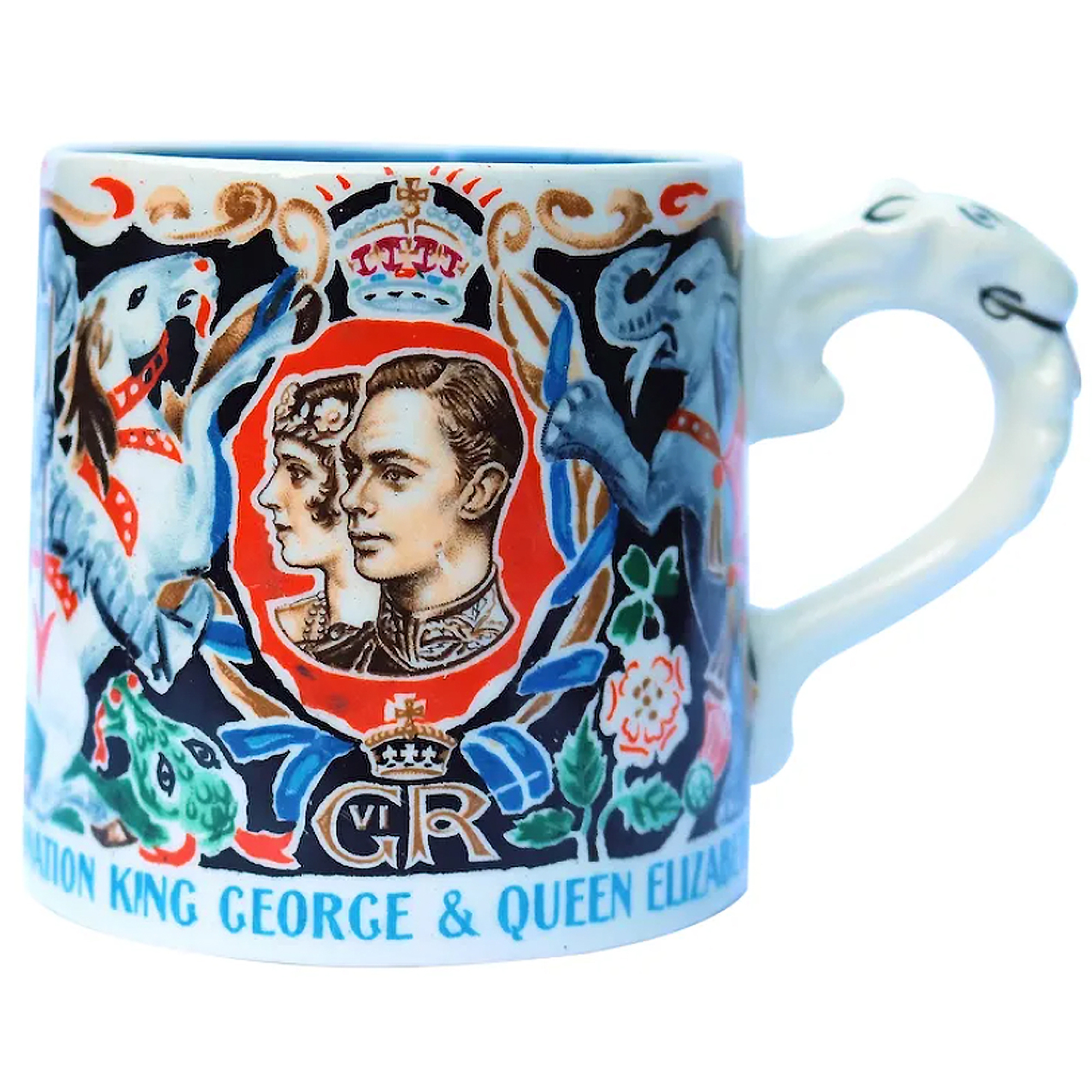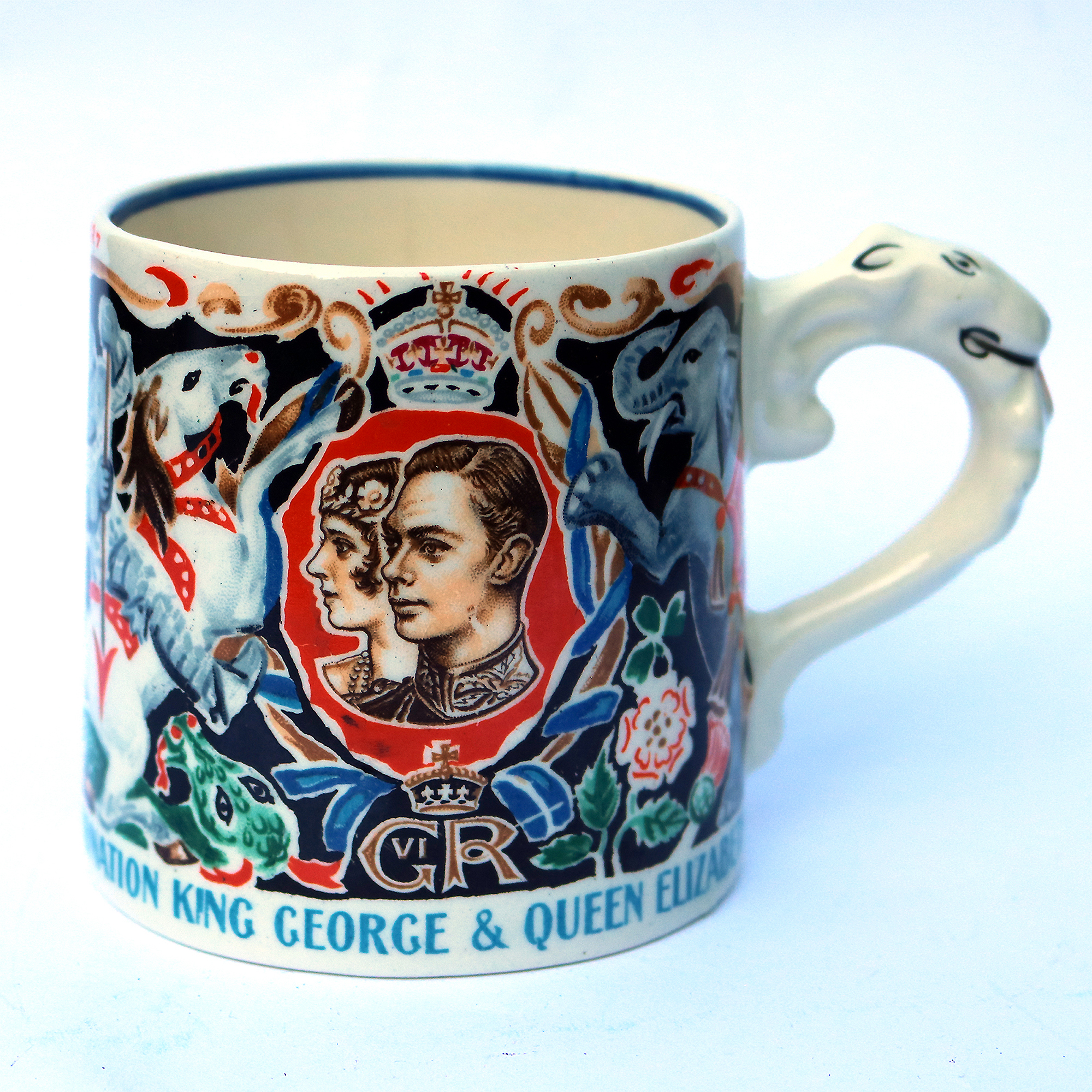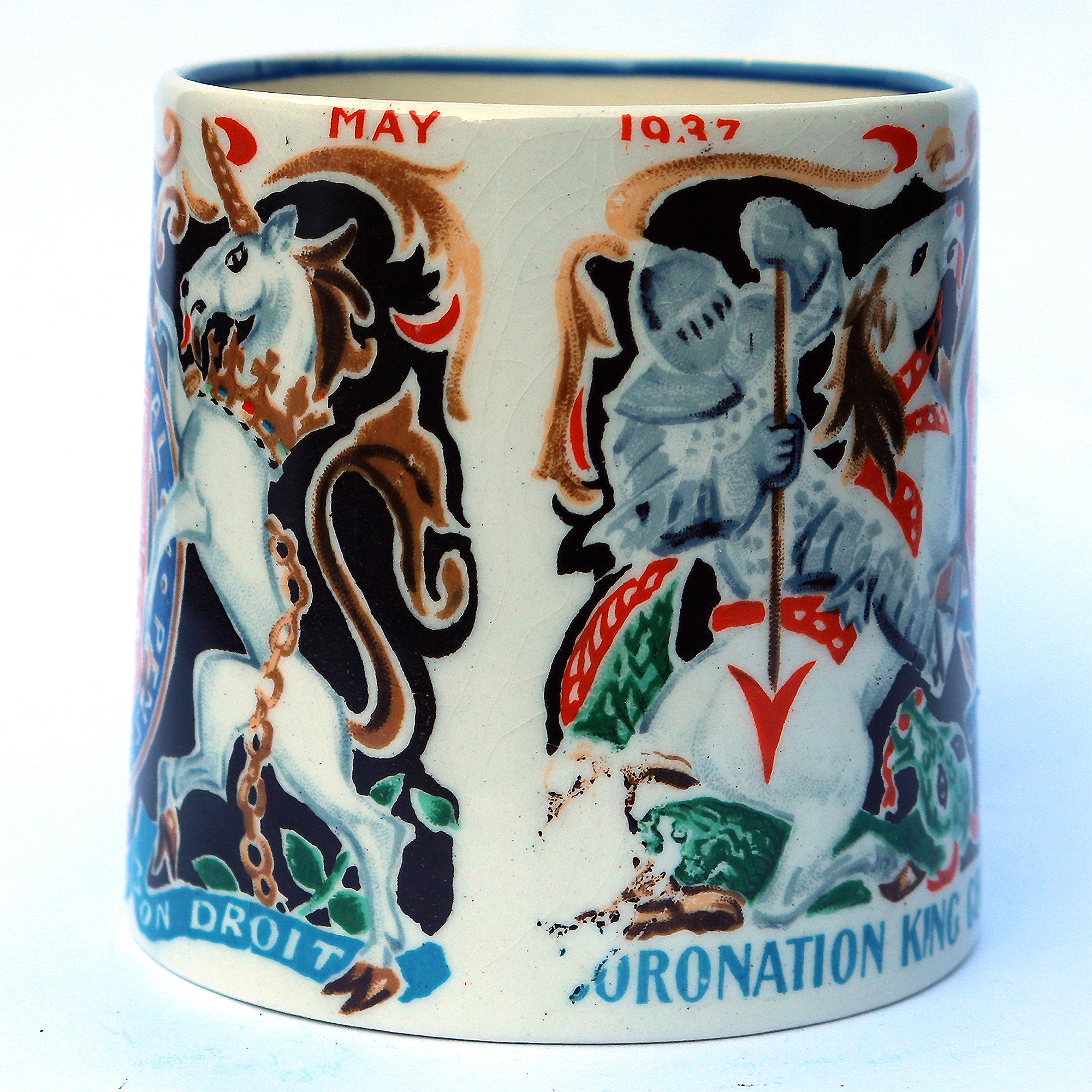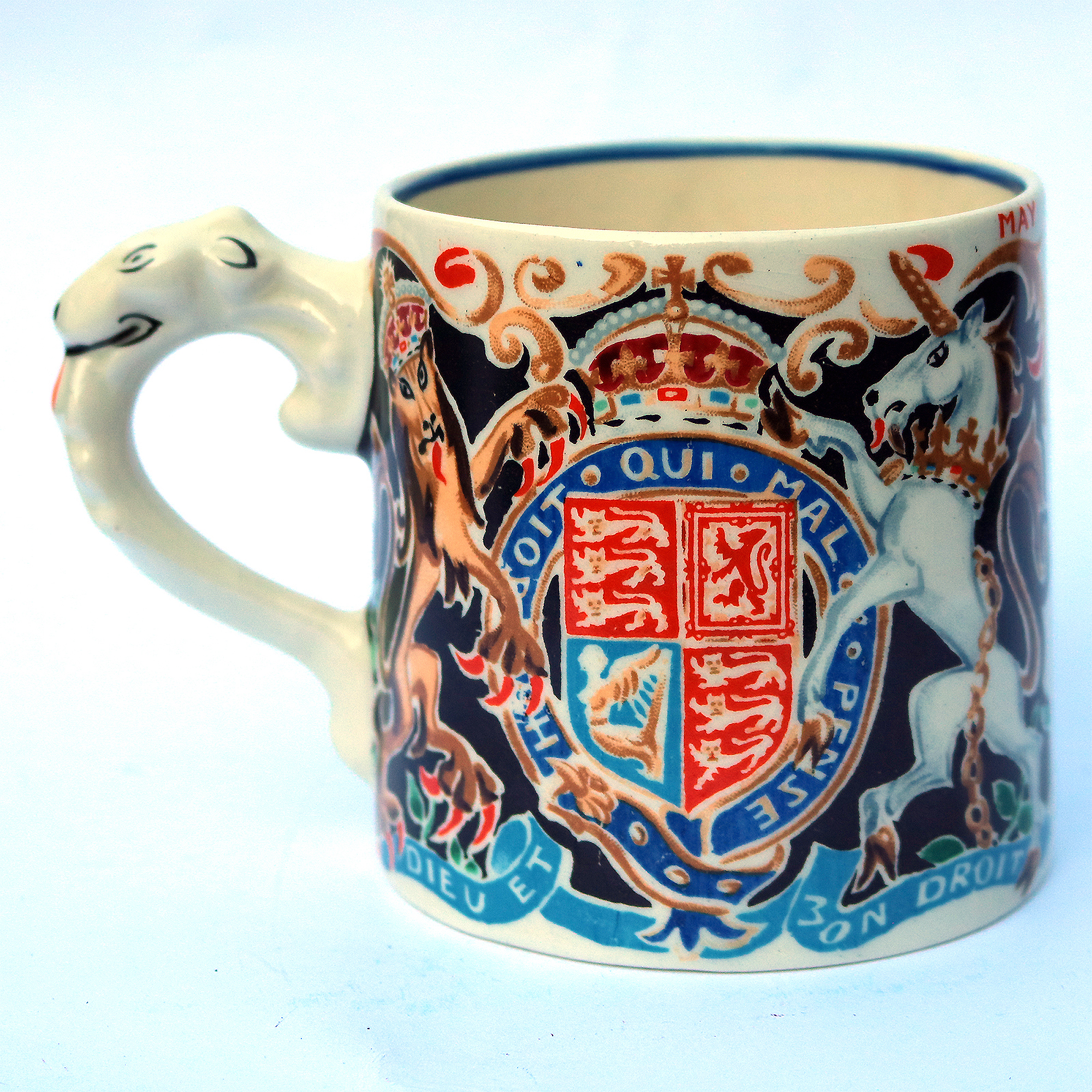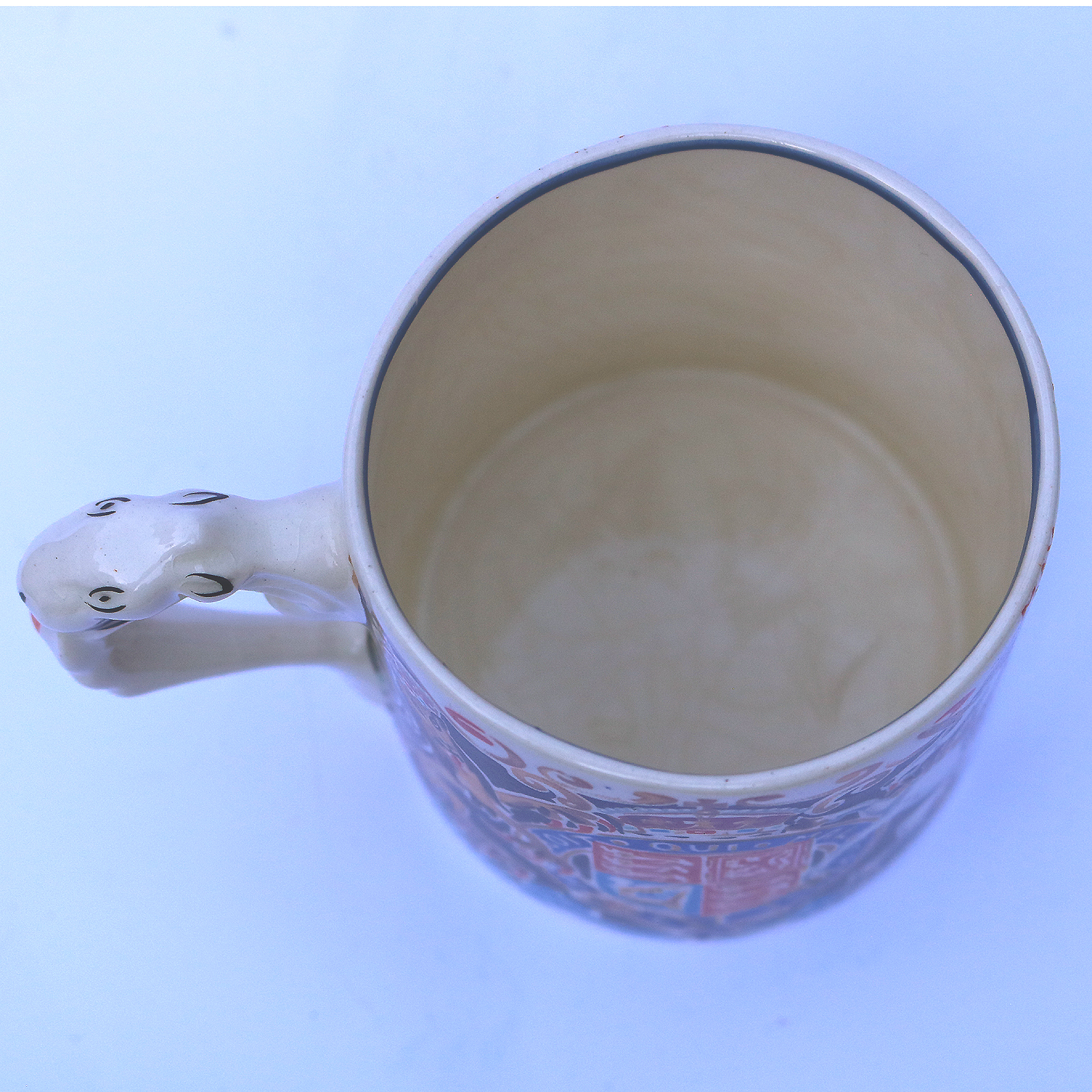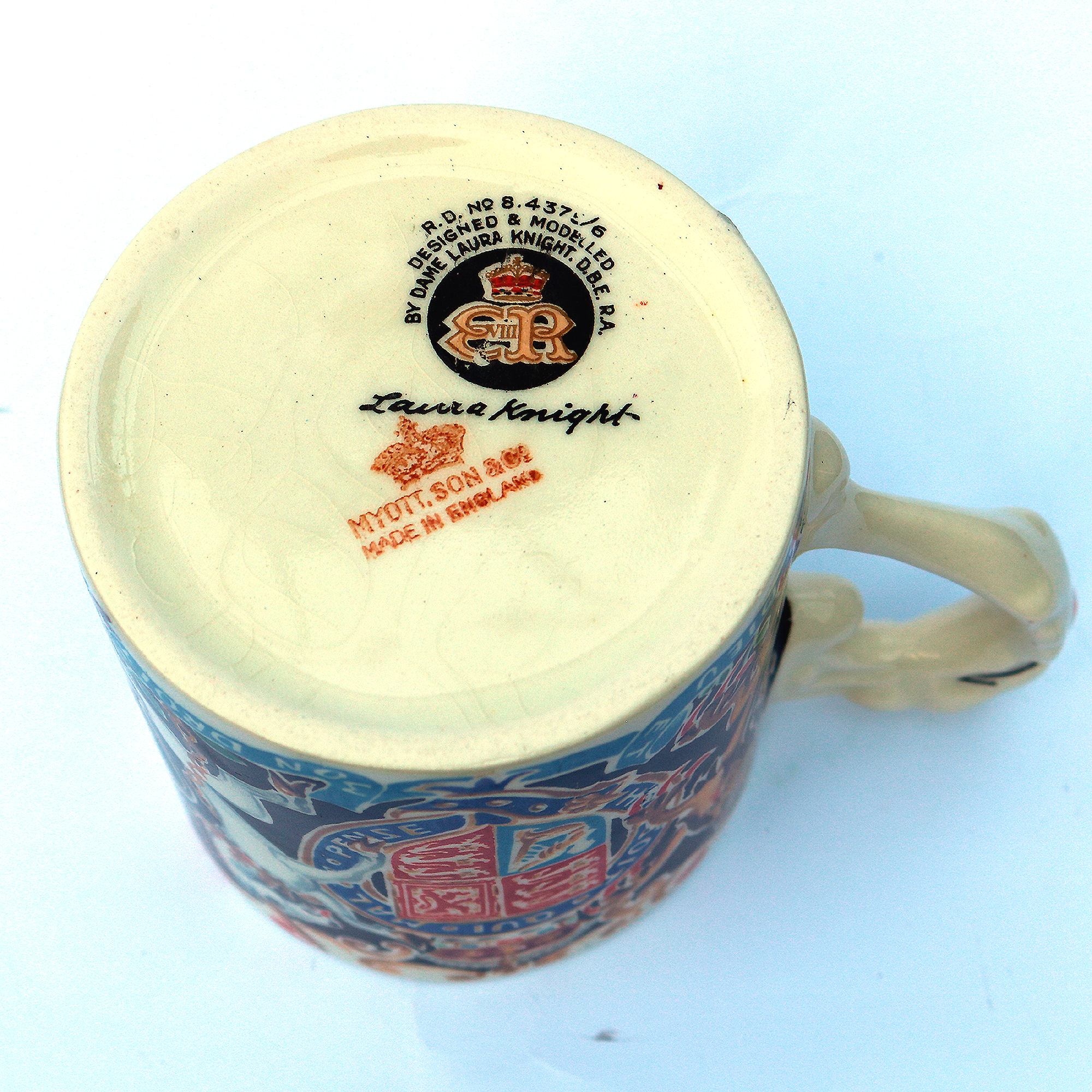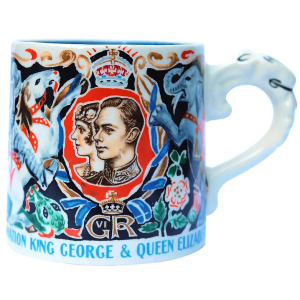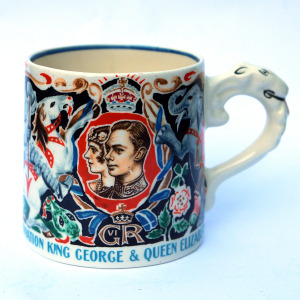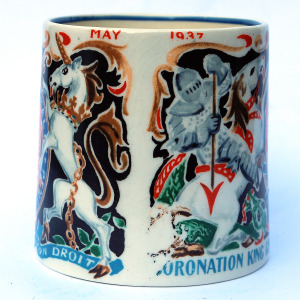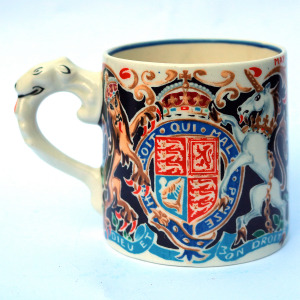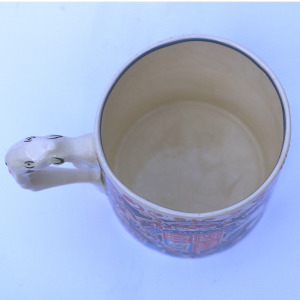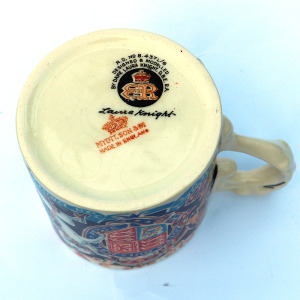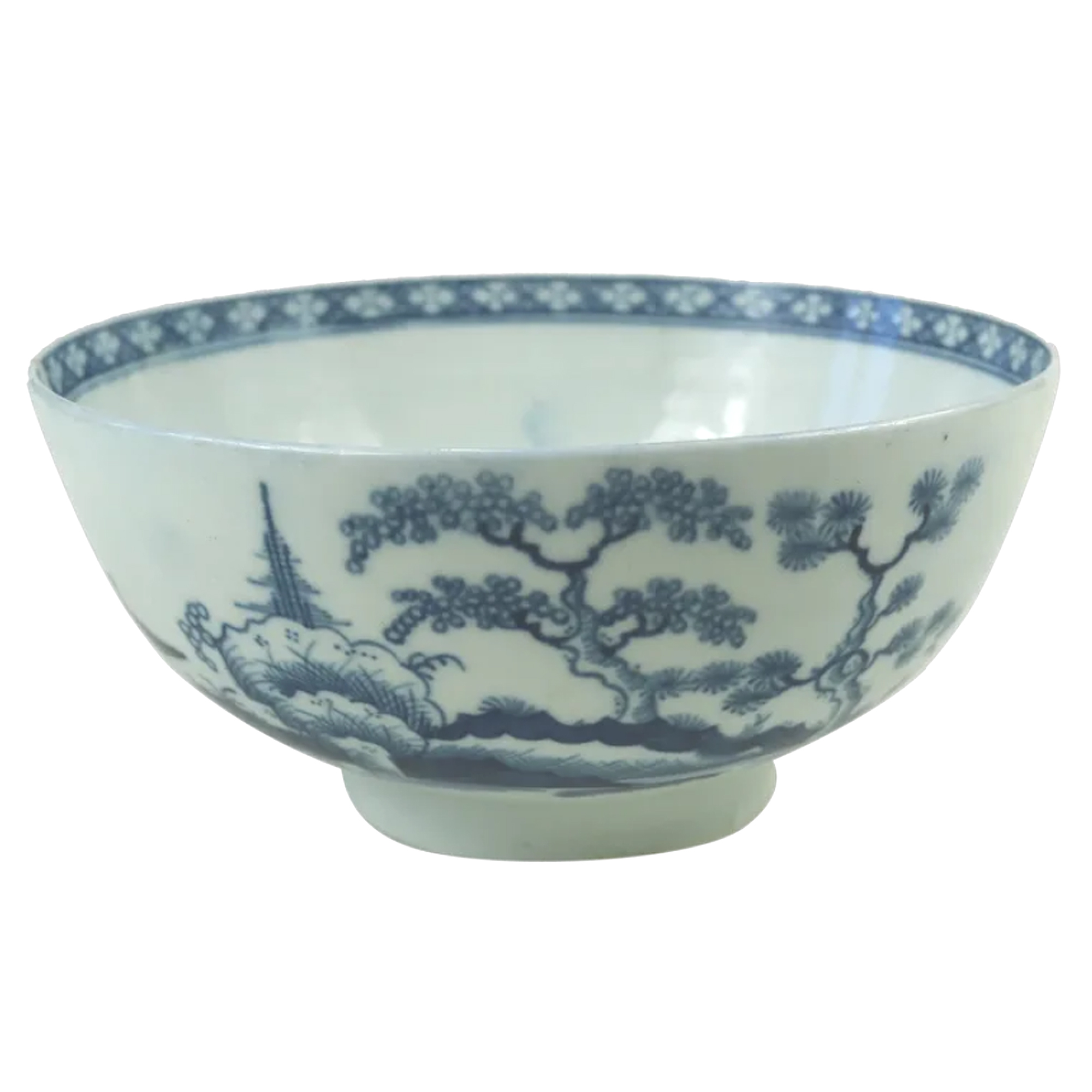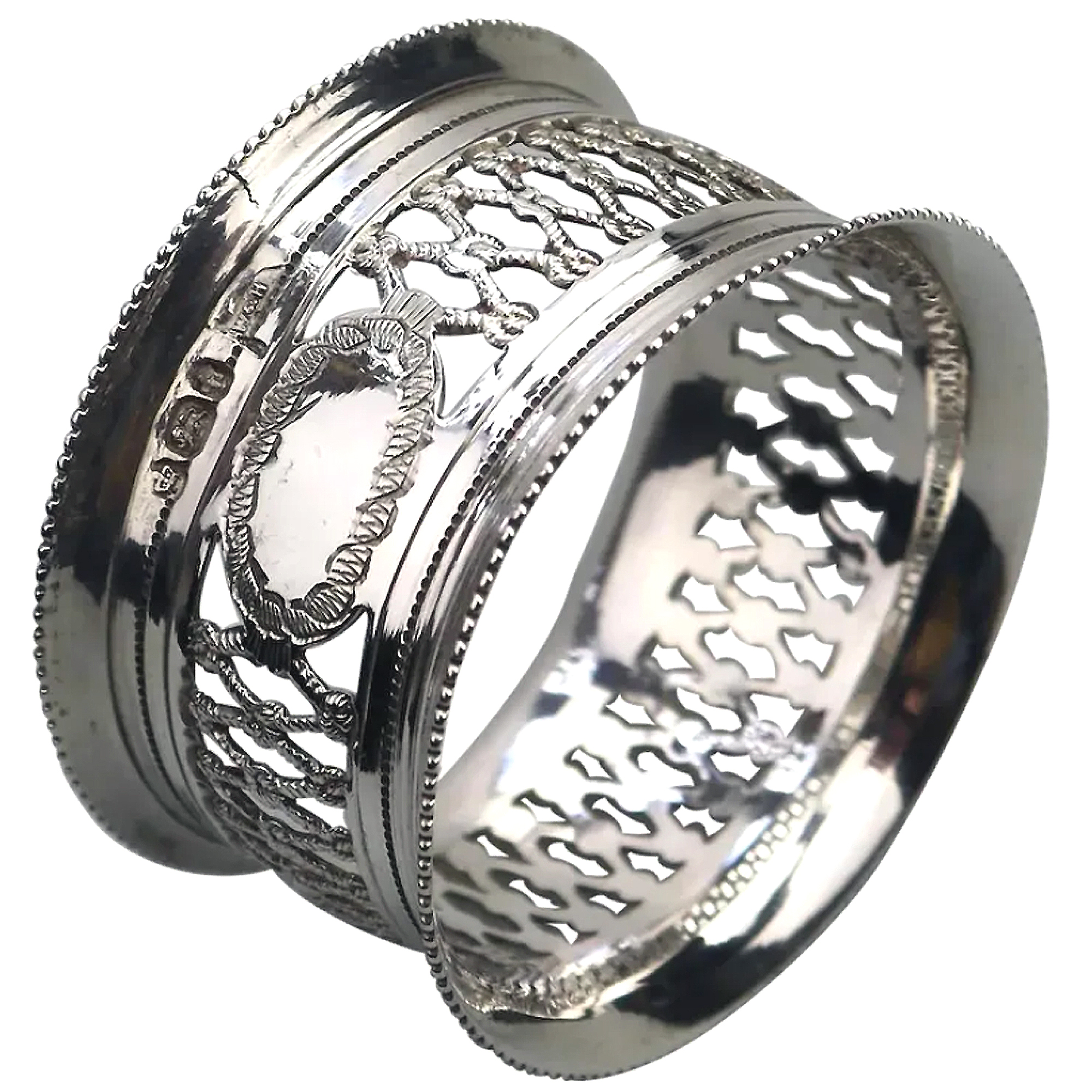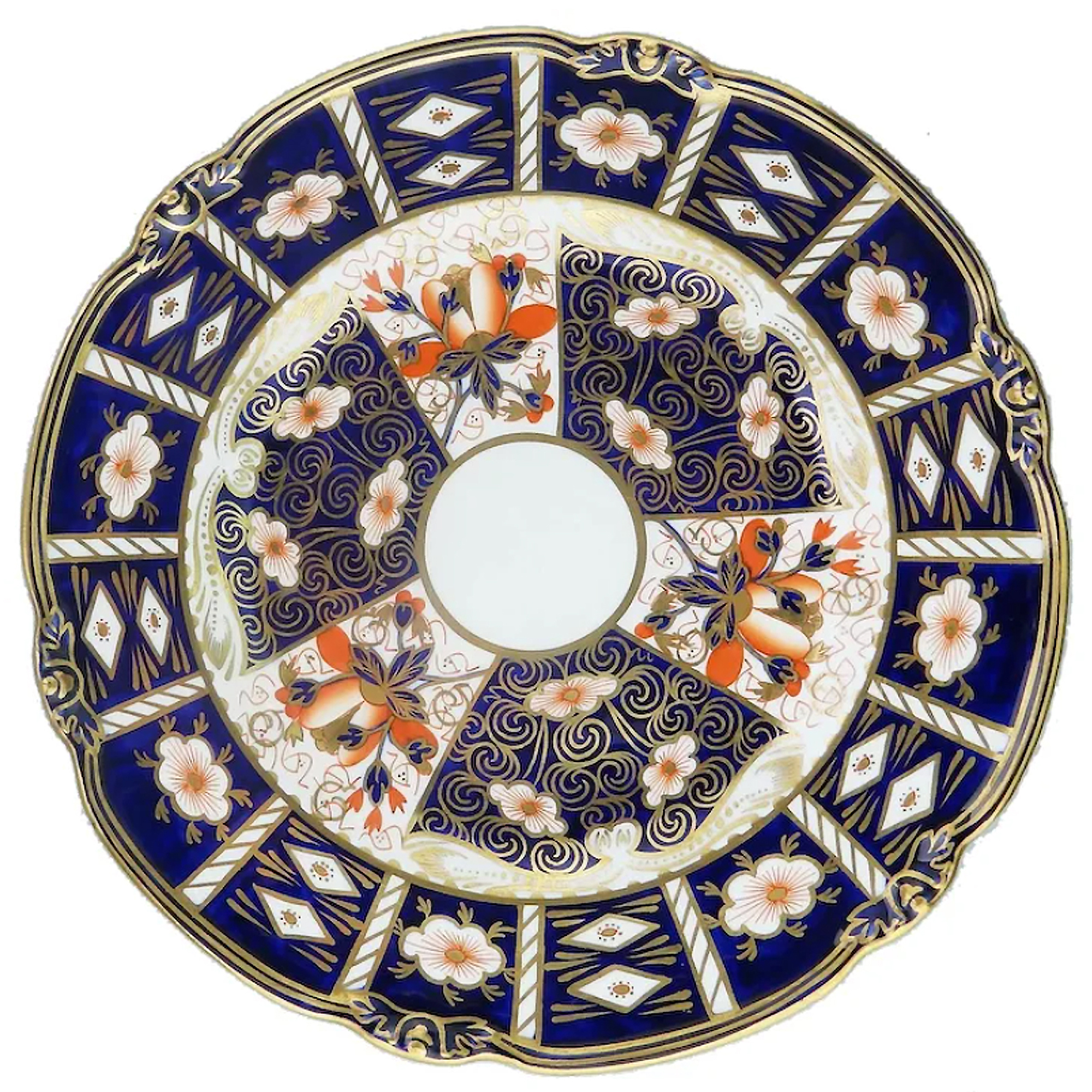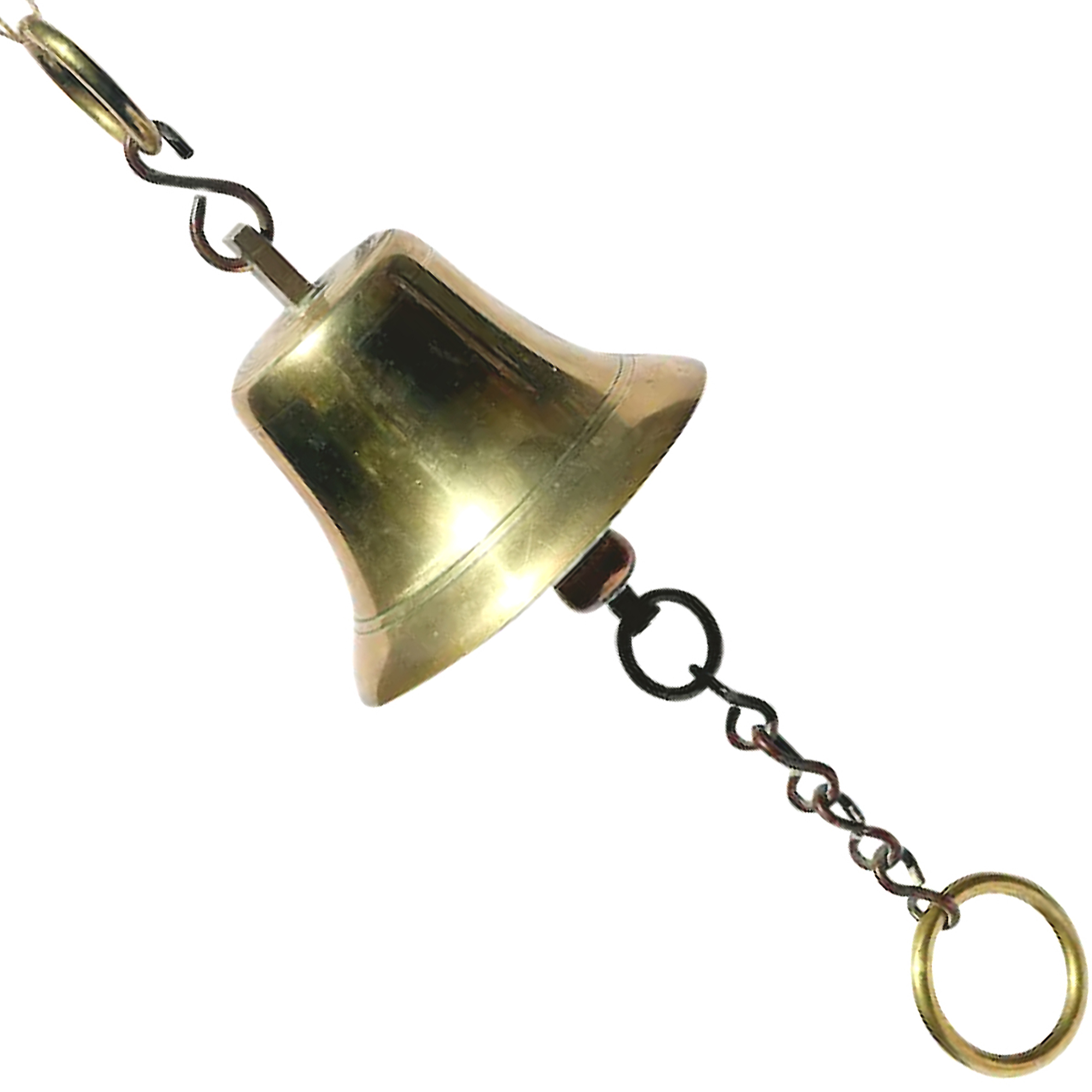Follow Hunt Vintage
Myott pottery Dame Laura Knight King George Queen Elizabeth Coronation Mug 1937
Delivering from: London, United Kingdom (UK)
£71
- Tree planted with your order
- Secure Payment
- Excellent customer service
- Buyer Protection
- 14-day return guarantee
Myott pottery Dame Laura Knight King George Queen Elizabeth Coronation Mug
Circa 1937
Good Condition with crazing – I cannot see any tight lines but the Mug has a slightly dullish ring mentioned for accuracy and please see image 3: around the area of the ‘C’ in Coronation some of the transfer was missed.
3.25 inches (8cm) height X 5 inches (12cm) width X 3.25 inches (8cm) depth approx
Safe UK shipping is included in the price, and international shipping is at cost.
Dame Laura Knight DBE RA RWS (née Johnson; 4 August 1877 – 7 July 1970 was an English artist who worked in oils, watercolours, etching, engraving and drypoint. Knight was a painter in the figurative, realist tradition, who embraced English Impressionism. In her long career, Knight was among the most successful and popular painters in Britain. Her success in the male-dominated British art establishment paved the way for greater status and recognition for female artists.
In 1929, she was created a Dame, and in 1936 became the third woman elected to full membership of the Royal Academy. Her large retrospective exhibition at the Royal Academy in 1965 was the first for a woman. Knight was known for painting amidst the world of the theatre and ballet in London, and for being a war artist during the Second World War. She was also greatly interested in, and inspired by, marginalised communities and individuals, including Romani people and circus performers.
In late 1907 the Knights moved to Cornwall, staying first in Newlyn, before moving to the nearby village of Lamorna. There, alongside Lamorna Birch and Alfred Munnings, they became central figures in the artists colony known as the Newlyn School. By March 1908 both had work exhibited at the Newlyn Art Gallery and Harold Knight was an established professional portrait painter, while Laura Knight was still developing her art. Around Newlyn the Knights found themselves among a group of sociable and energetic artists, which appears to have allowed the more vivid and dynamic aspects of Laura’s personality to come to the fore.
Laura Knight spent the summer of 1908 working on the beaches at Newlyn making studies for her large painting of children in bright sunlight. The Beach was shown at the Royal Academy in 1909, and was considered a great success, showing Laura painting in a more Impressionist style than she had displayed previously. Around this time she began painting compositions of women in the open air, in the plein-air manner, often on the rocks or cliff-tops around Lamorna. Knight would sometimes use models from London who were prepared to pose nude. Although there was some resentment locally about this, the landowner, Colonel Paynter of Boskenna, was fully supportive and allowed Knight and the other artists a free rein.Daughters of the Sun, which showed several women, some naked, sitting by a coastal inlet was completed in 1911 and well received when shown at the Royal Academy. It is now only known from photographs but was considered to be a challenge to the then prevailing attitudes towards female nudity and aroused considerable controversy when included in a touring exhibition. The painting was badly damaged during World War I and was eventually destroyed by mould. In recent years, examples of Knight’s plein-air compositions from Cornwall have attracted high prices at auction.
In the early 1920s, Knight visited the Bertram Mills Circus at Olympia in West London. Mills’ circus was a highly polished show with internationally renowned performers. Knight painted some of these performers, such as the clown Whimsical Wilson, several times. Charivari or The Grand Parade, exhibited at the Royal Academy in 1929, depicts practically the entire circus cast of performers and animals.
Throughout 1929 and 1930, she went on a tour of Britain with the combined Bertram Mills and Great Carmo’s Circus. Painting within a working circus forced Knight to paint at great speed, as the performers rarely had much time to pose. Knight responded by painting directly onto the canvas without any preliminary drawing. Whilst this led to some of her circus scenes appearing ‘flat’, her paintings of small groups of clowns, such as The Three Clowns (1930) and Old Time Clowns (1957), were much more successful. Her Circus Folk exhibition, at the Alpine Club in 1930, was heavily criticised in art journals, but her paintings of more mundane subjects, such as domestic interiors and London streets, were highly praised. Notable works from this period include Susie and the Wash-basin (1927), Blue and Gold (1927), A Cottage Bedroom (1929) and Spring in St. John’s Wood (1933).
Two of her circus designs were among the winning entries in a 1933 competition run by Cadbury’s for a series of chocolate box designs and which were displayed at the Leicester Galleries in London. In 1934 Knight developed a series of circus designs for the Modern Art for the Table tableware range produced by Clarice Cliff.
| City | |
|---|---|
| Period | |
| Delivery | |
| Item Location |
Shipping Policy
We ship most things within 24 hours, packaging everything safely. We use tracked and signed for services. Expensive items are shipped using FedEx/UPS/similar.
For any enquiries or quotes please contact us using the 'Ask Seller' from below.
